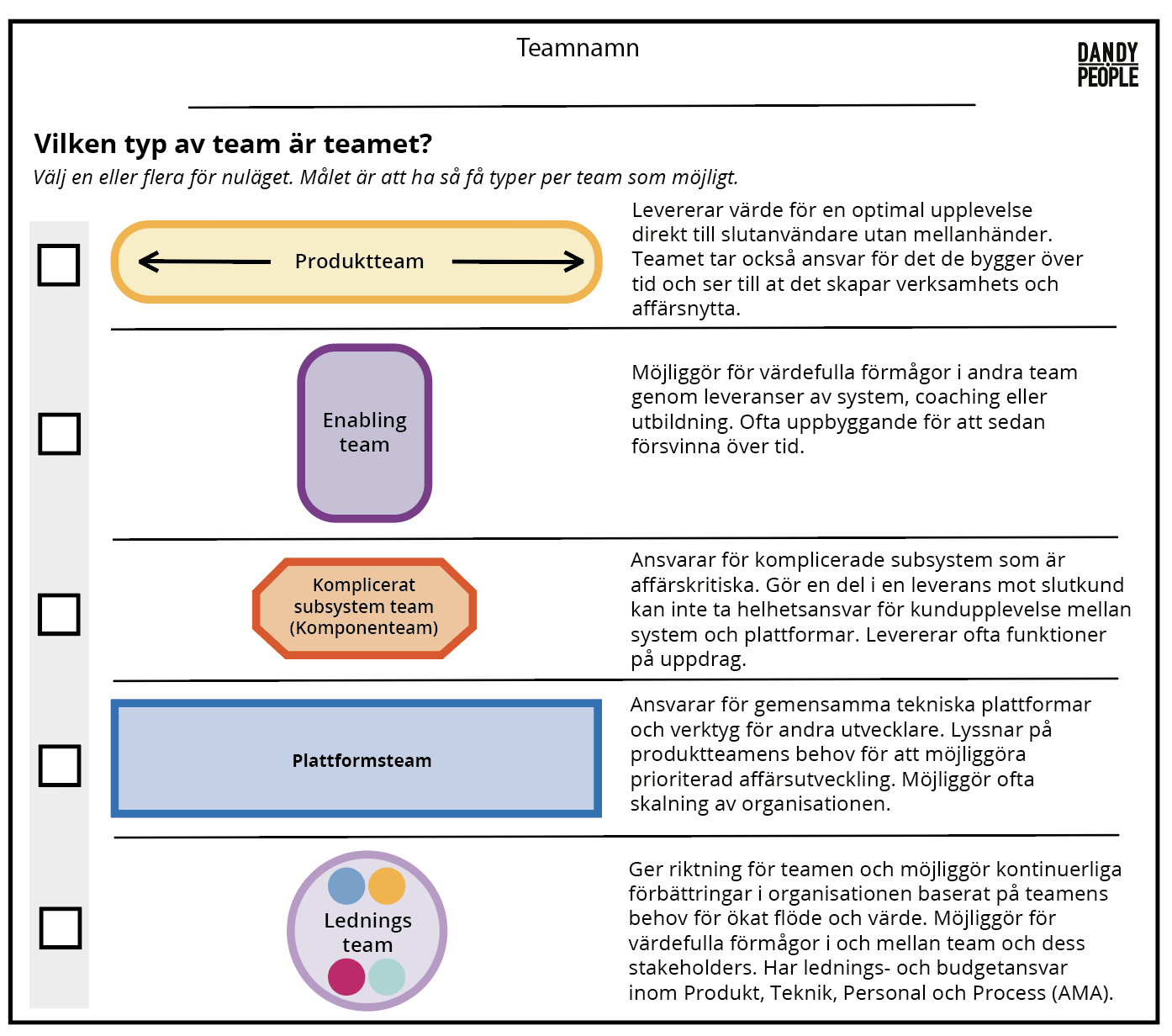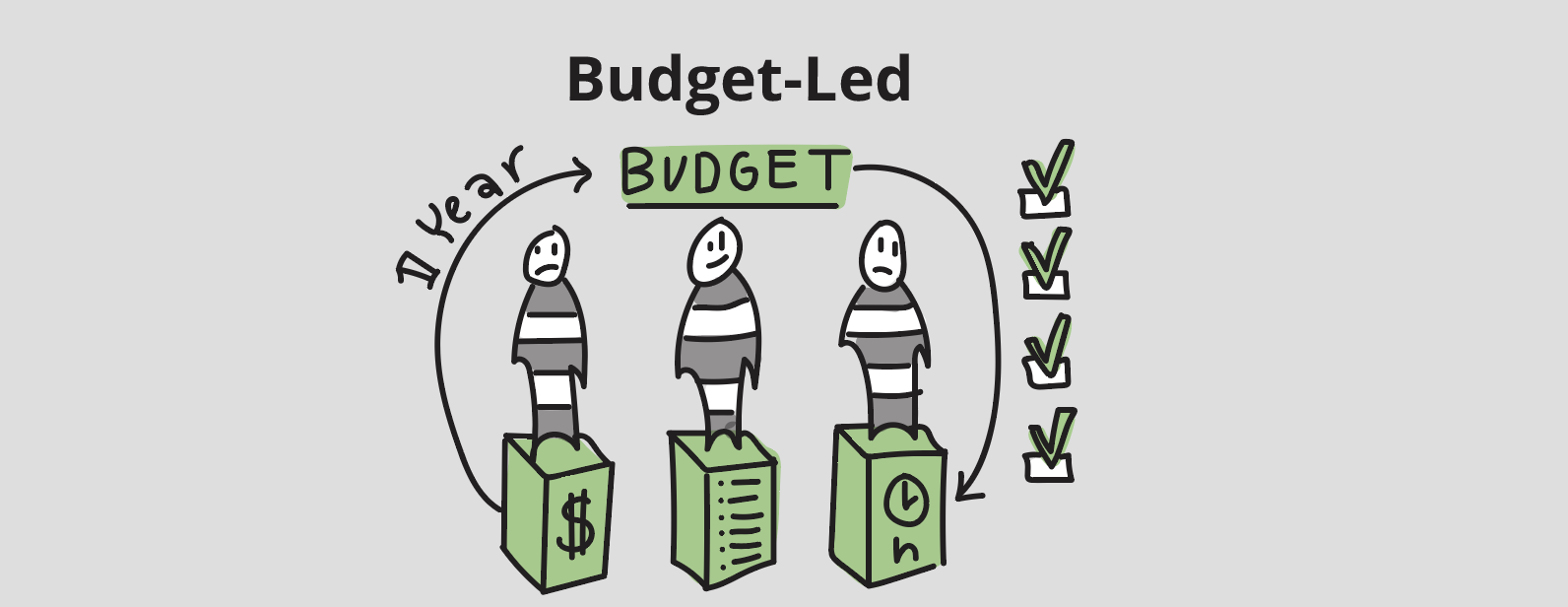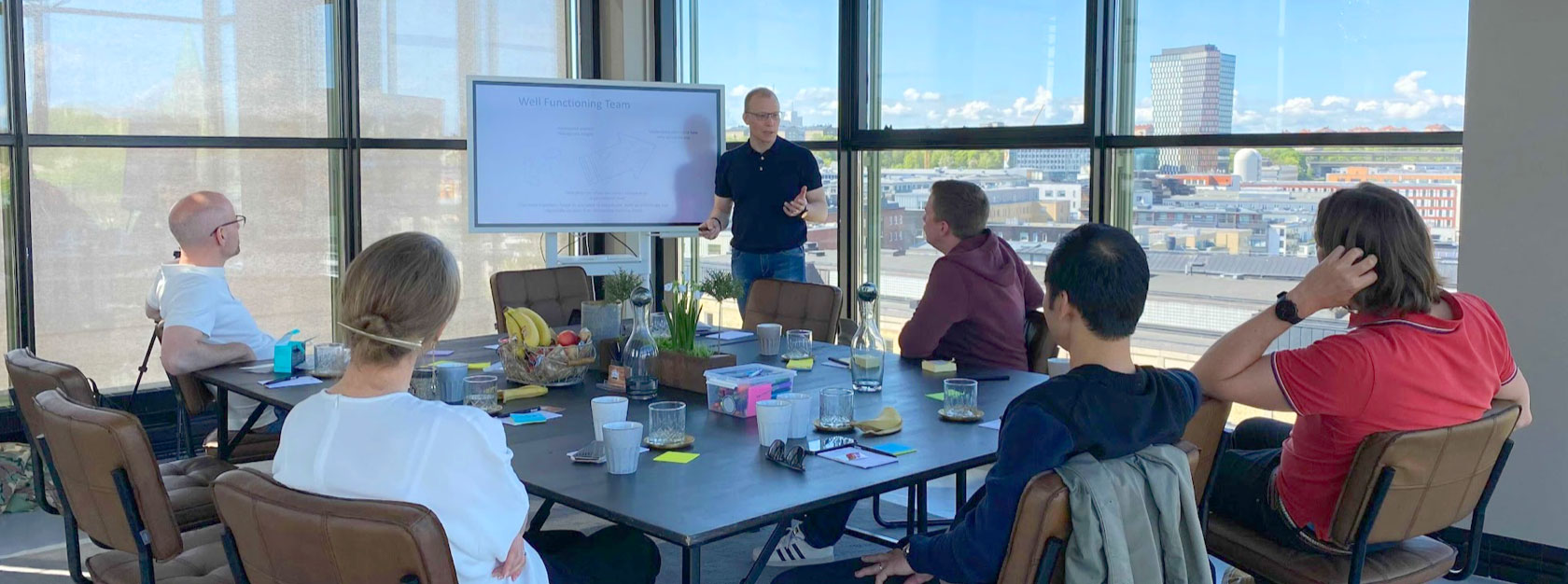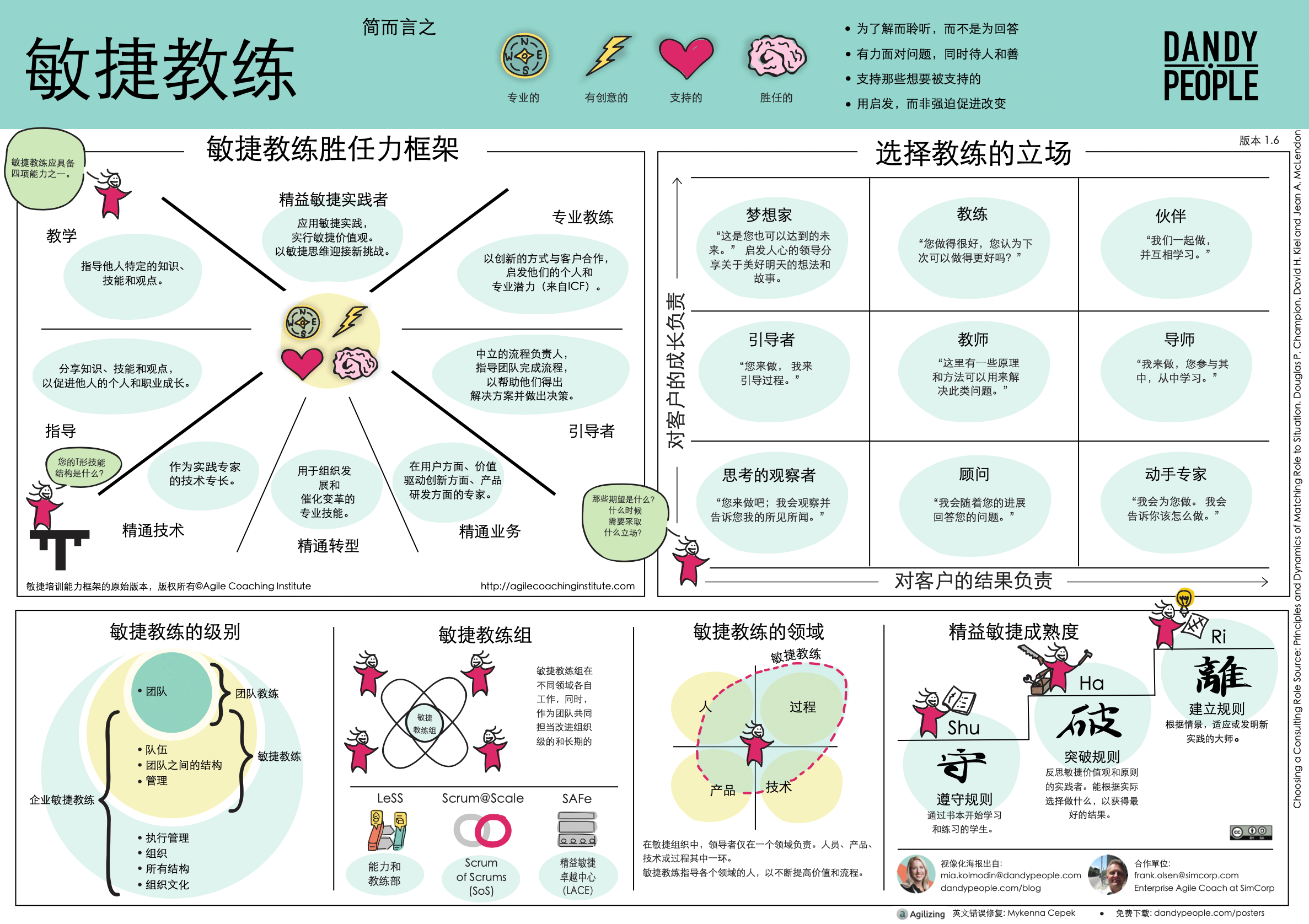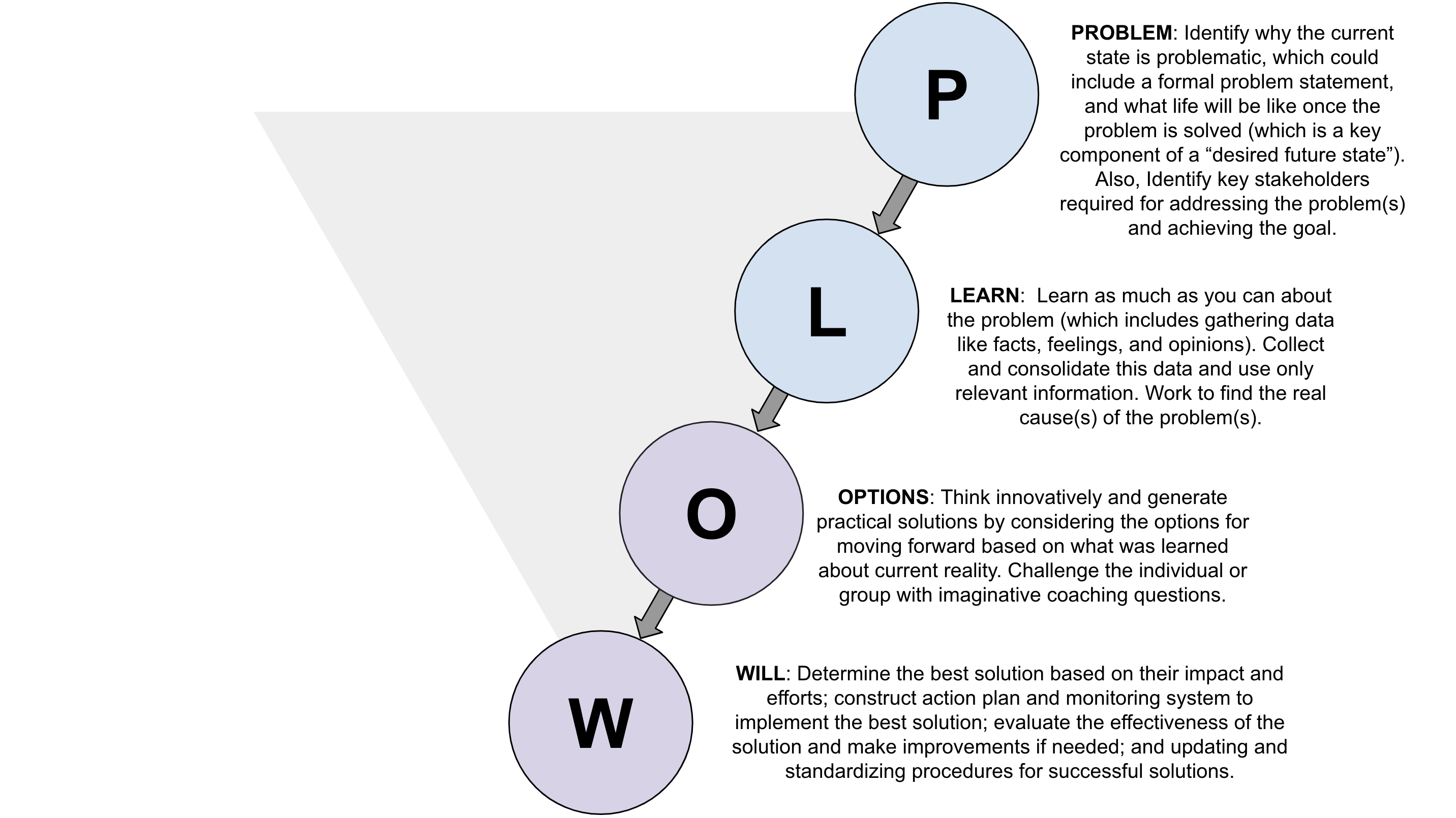Imagine ten architects in a room.
The first thing they would discuss is: “What is architecture?”, and they would use all the time they have at their disposal.
If no one comes into the room and yells at them that they have to create a target architecture, a guiding principle or anything that helps the teams solve a technical obstacle that stops all delivery in the release train, they will continue the discussion.
The first architect will say that there are standards and you should not reinvent the wheel.
The second architect would state that there are several standards and which one should you comply with?
The first architect would argue that ANSI is the one and only, that states that it’s all about organizing a system, its components and how they relate to each other and the environment.
The second architect would say that ISO is the preferred choice because it focuses more on the properties of the architecture’s elements, relationships and principles of its design and evolution.
At this time, the third architect would state that there are thought leaders out there like Gartner.
The fourth architect would interrupt and refer to the Zachman Framework from the 80s and that there are some really good nuggets there.
“Domain-driven architecture”, the fifth architect says and then the argument is in full bloom.
“Event-driven architecture”. “Pipelines.” “Pace-layered”. “Togaf”. “Components”. “Microservices.”
Until the sixth architect, the veteran who will retire in six months, says: “OSI Model. If it’s not broke, don’t try to fix it”
The room all goes quiet until the seventh architect, the newly educated with fresh ideas from the outside world says: “SAFe” and all other architects say “No!” while he raises his arm and says with a fragile voice “They describe much more about architecture than you think”, and all other architects stare at him with a blank expression, some of them raising their eyebrows.
“Anyway”, says the eight architect, “architecture is easier to understand if we use metaphors. Architecture is like a garden. If you don’t take care of it, it will grow freely and become chaotic. Entropy is a natural law that takes over”.
The seventh architect, still trying to understand why everyone didn’t appreciate SAFe, says: “it’s more like a runway where the code can land. You cannot build the runway while you are landing”
“That metaphor is lame”, says the ninth architect, “its better with train tracks that the train travels on. It’s a parable everyone understands.”
“Or the road railing that you have to stay within on the highway” says the first architect. “Otherwise you collide. Not everyone lands planes or is a train driver. On the other hand, many have driven a car and can relate.”
“No, it’s more like a pop song” says the second. “You have three chords that you can combine so that everyone can sing and dance along.”
“More like jazz where you can improvise once you have experience and have all the theory”, says the third.
“Or a classical ensemble where everyone plays an important part, and it’s only when all is combined that you hear sweet music”, says the fourth while the fifth, sixth and seventh nod in agreement.
At this time the tenth architect, who has been quiet until now, would clear his voice and say: “Architecture is like love”, and all other nine architects turn their attention to him and listen.
“No one can define it, but everyone knows how it feels. Emotions flow, you walk on light clouds, nothing is impossible, no obstacles are in the way and you can conquer the world!”
“Yes!”
“Awesome!”
“There you have it!”
All architects give their acclamations and raise from their chairs and start clapping and dancing with stiff movements.

















